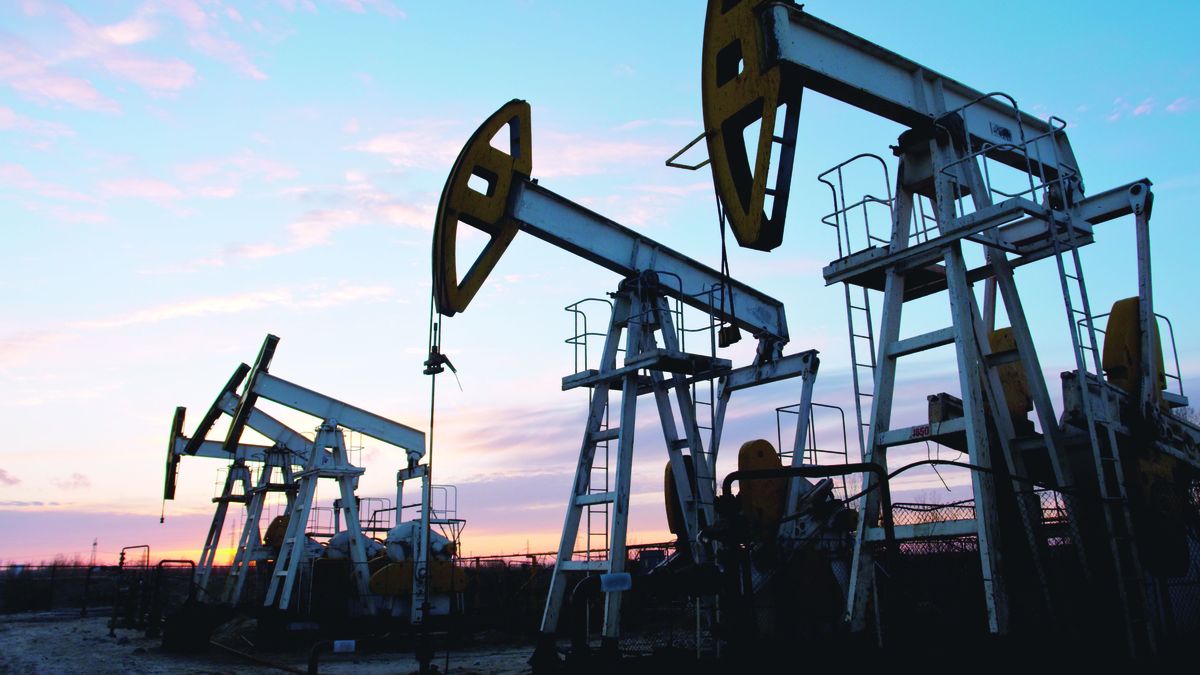Both break a three-day rally after Russian threats to cut supplies if the G7 manages to impose caps on Russian oil prices.
Like all financial assets, rate hikes also affect raw materials. We have seen this during the last few months where interest rates are at zero or negative levels and we have seen a resurgence of raw materials. There is a strong inverse relationship between real interest rates and commodity prices.
In recent years, Central Banks have fought against low inflation expectations and the economy with monetary easing policies, lowering nominal and real interest rates. These dynamics have helped the prices of some raw materials to recover after the economic crisis of 2008.
Although the price of raw materials depends largely on supply and demand, thus influencing the impact of various market agents, such as OPEC and global growth rates; also factors such as interest rates affect their prices.
For its part, the Organization of Petroleum Exporting Countries (OPEC), ratified on Tuesday its projections for oil demand for this year and for 2023. They predict that by 2022 the demand for oil will increase by 3.1 million barrels per day, and that by 2023 it will be 2.7 million. Despite this projection, OPEC was unable to increase its production due to lack of investment.
The data released today, from estimates by various independent institutes, reveals the growing technical difficulties most producing countries face in increasing supplies.
Source: Ambito
David William is a talented author who has made a name for himself in the world of writing. He is a professional author who writes on a wide range of topics, from general interest to opinion news. David is currently working as a writer at 24 hours worlds where he brings his unique perspective and in-depth research to his articles, making them both informative and engaging.




